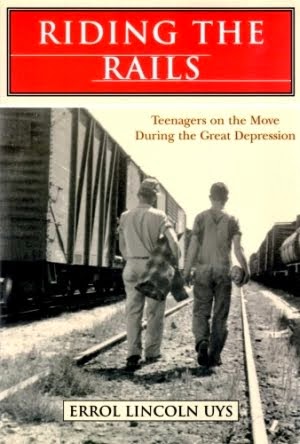
- “I haven’t published anything for nearly twelve years because, frankly, I didn’t have a model that made any sense to me. One day when I was walking around London I suddenly realized I did have a model. I joking labeled my little conceptual breakthrough “a unified field theory of publishing.” – In short, the understanding of how a number of different aspects both compliment and contradict each other to make up a dynamic whole in the era of the digital network.
- The key element running through all these possibilities is the author’s commitment to engage directly with readers. If the print author’s commitment has been to engage with a particular subject matter on behalf of her readers, in the era of the network that shifts to a commitment to engage with readers in the context of a particular subject.
- This is not to suggest that one size will fit all authors especially during this period of experiment and transition. Some authors will want to lay down a completed text for discussion; others may want to put up drafts in the anticipation of substantial rewriting based on reader input. Other “authors” may be more comfortable setting the terms and boundaries of the subject and allowing others to participate directly in the writing…
- As networked books evolve, readers will increasingly see themselves as participants in a social process. As with authors, especially in what is likely to be a long transitional period, we will see many levels of (reader) engagement – from the simple acknowledgement of the presence of others to very active engagement with authors and fellow readers.
“One thing I particularly like about this view of the author is that it resolves the professional/amateur contradiction,” adds Stein. “It doesn’t suggest a flat equality between all potential participants; on the contrary it acknowledges that the author brings an accepted expertise in the subject AND the willingness/ability to work with the community that gathers around. Readers will not have to take on direct responsibility for the integrity of the content (as they do in Wikipedia); hopefully they will provide oversight through their comments and participation, but the model can absorb a broad range of reader abilities and commitment.”
I believe in the value of big literary works like Brazil and The Covenant that use good story-telling to entertain and educate. Like Stein, though, I’ve come to question the model.
In two decades following Michener’s breakthrough Hawaii, millions of readers eagerly awaited Jim’s next behemoth. High-brow critics scoffed at a “bricklayer” plastering on facts; Michener’s fans stood in awe of his grasp of the lands and people whose epic he brought home to them.
By the 1990s, the Michener-style novel was rare or presented in such watered-down fashion as to be of no lasting value. The old editors – I think of Albert Erskine and Herman Gollob, who made the long march through Brazil with me – laid down their pencils. Publishers and agents lost interest in the genre. Even less appealing was the idea of funding the fieldwork critical to planning and writing an epic.
Then came the Internet moving with lightning speed to a point where a multi-layered Web-based book project like A Novel of America becomes feasible. It also portends a paradigm shift in the roles of author/reader/editor/publisher, as Bob Stein suggests:
“An old-style formulation might be that publishers serve the packaging and distribution of an author’s ideas. A new formulation might be that publishers and editors contribute to building a community that involves an author and a group of readers who are exploring a subject."
Abandoning the “attic” to write in public is a radical change for me that brings exciting opportunities and real challenges. I see A Novel of America as an exploration of creativity that seeks to bridge the old and the new; taking a page from the past to work on a book of the future.



